In an era of increasing environmental consciousness, many consumers are eager to make purchases that align with their values and minimize harm to the planet. However, as demand for eco-friendly products grows, so does the prevalence of “greenwashing” – the deceptive practice where companies make misleading or unsubstantiated claims about their environmental benefits. From vague terminology like “all-natural” to misleading packaging and certifications, greenwashing can make it challenging to identify truly sustainable products.
This comprehensive guide will help you navigate the complex world of green marketing claims, equipping you with practical strategies to identify genuine eco-friendly products and avoid falling victim to greenwashing tactics.
Understanding What Greenwashing Actually Is
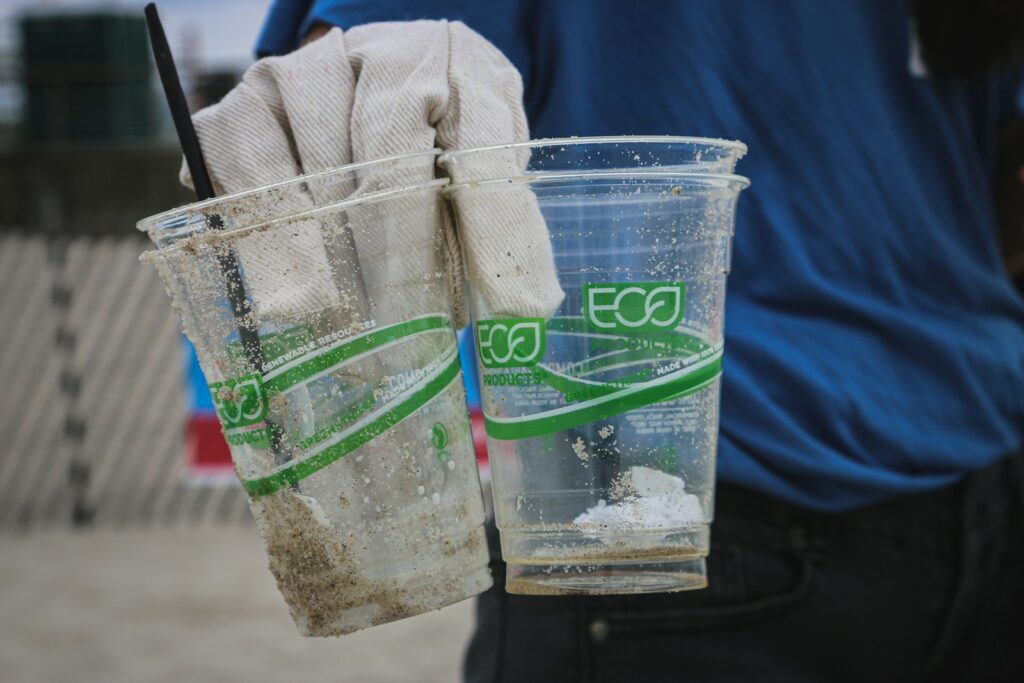
Greenwashing refers to the practice where companies present themselves or their products as more environmentally friendly than they actually are, often through misleading marketing claims, packaging, or imagery. This deceptive practice became prevalent in the 1980s as consumers began showing increased interest in environmentally responsible products, creating a market incentive for companies to appear “green” without necessarily making substantive changes to their practices.
Today, greenwashing can take many forms—from vague claims like “eco-friendly” without any specific evidence to more sophisticated tactics like highlighting a single green attribute while ignoring significant environmental impacts elsewhere in the product lifecycle. Understanding this concept is the first step toward becoming a more discerning consumer who can identify when a company is truly committed to sustainability versus merely creating a green facade to boost sales.
Recognizing Common Greenwashing Tactics

Companies employ several recurring tactics when attempting to greenwash their products that consumers should be vigilant about spotting. The use of nature imagery—like leaves, forests, or earth tones—on packaging for products that have no particular environmental benefit is a visual form of greenwashing designed to create an emotional association with nature. Vague, unsubstantiated claims such as “green,” “eco-friendly,” or “natural” without specific explanations or evidence should immediately raise red flags, as these terms have no standardized definitions or requirements.
Some companies highlight a single green attribute while conveniently ignoring more significant environmental impacts—for instance, promoting that a product is made with “recycled materials” while obscuring that its manufacturing process is highly polluting or energy-intensive. Another common tactic is the use of irrelevant claims, such as labeling products as “CFC-free” when CFCs (chlorofluorocarbons) have been banned for decades, creating the impression of environmental consciousness where none exists.
Investigating Product Certifications
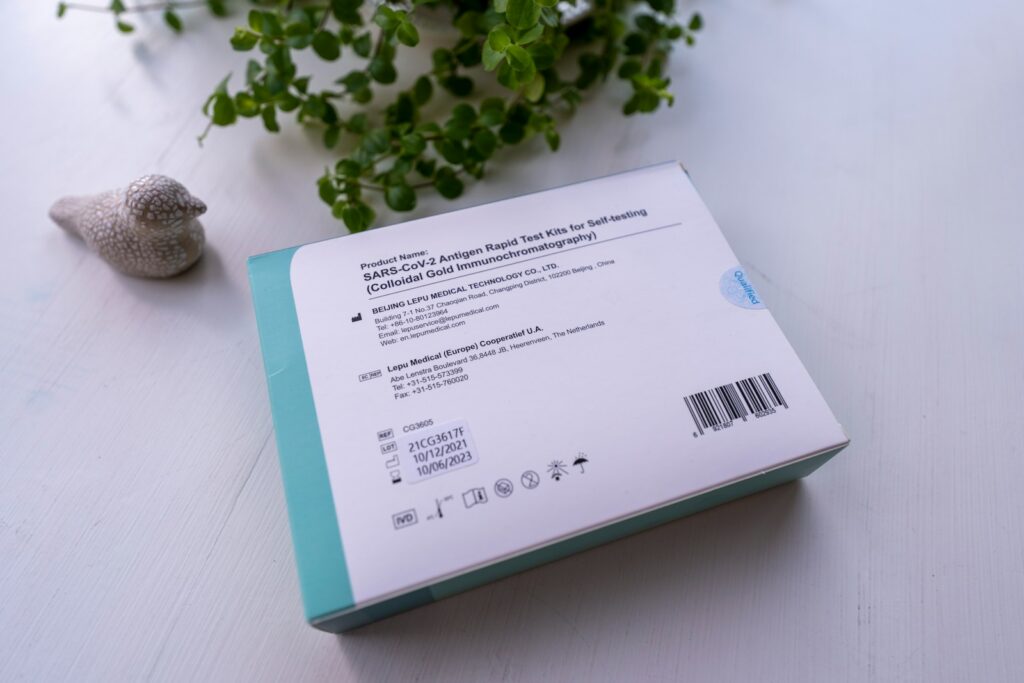
Third-party certifications can be valuable tools for identifying genuinely sustainable products, but not all certifications are created equal. Legitimate environmental certifications come from independent organizations with transparent standards, testing protocols, and verification processes—examples include Energy Star for appliances, USDA Organic for food products, Forest Stewardship Council (FSC) for wood and paper products, and Global Organic Textile Standard (GOTS) for textiles. When evaluating certifications, research whether they’re administered by independent third parties rather than industry groups or the companies themselves, as self-created “certifications” often lack rigorous standards or verification.
Reliable certifications typically have publicly accessible standards that you can review online and should involve regular audits or testing rather than one-time assessments. Be particularly wary of certification-like logos or emblems that mimic legitimate certifications but, upon closer inspection, make no specific claims or reference vague, unverifiable standards—these are designed to create the impression of external validation without actually providing it.
Reading Beyond Marketing Claims
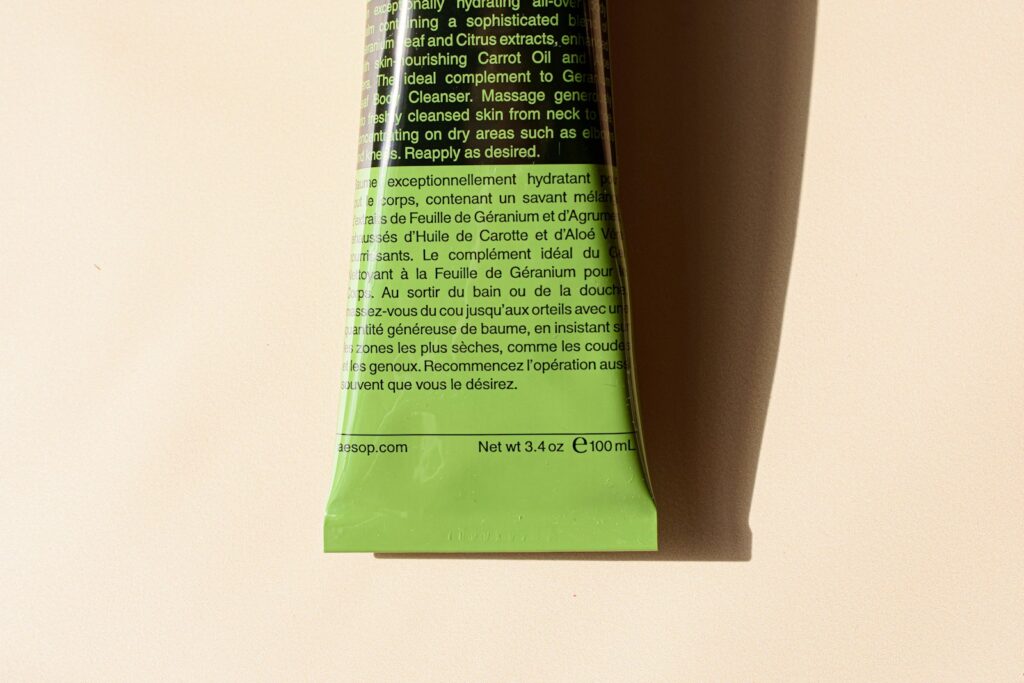
To avoid falling prey to greenwashing, it’s essential to look beyond the front-of-package claims and carefully examine product information. Start by reading ingredient lists and materials disclosures completely, watching for potentially harmful chemicals or materials that contradict eco-friendly claims. For example, a product marketed as “natural” might still contain synthetic preservatives or petroleum-derived ingredients. Scrutinize the specific language used in environmental claims, distinguishing between concrete, verifiable statements (like “made from 100% post-consumer recycled plastic”) versus vague, meaningless ones (like “earth-friendly formula”).
When information seems suspiciously limited, visit the company’s website to search for more detailed environmental information, sustainability reports, or specific metrics about their environmental impact—companies truly committed to sustainability typically provide transparent, detailed information about their practices. If specific claims seem dubious or you can’t find substantiating information, consider contacting the company directly with questions about their environmental practices, as their responsiveness and the specificity of their answers can reveal much about their actual commitment to sustainability.
Researching Company Sustainability Practices
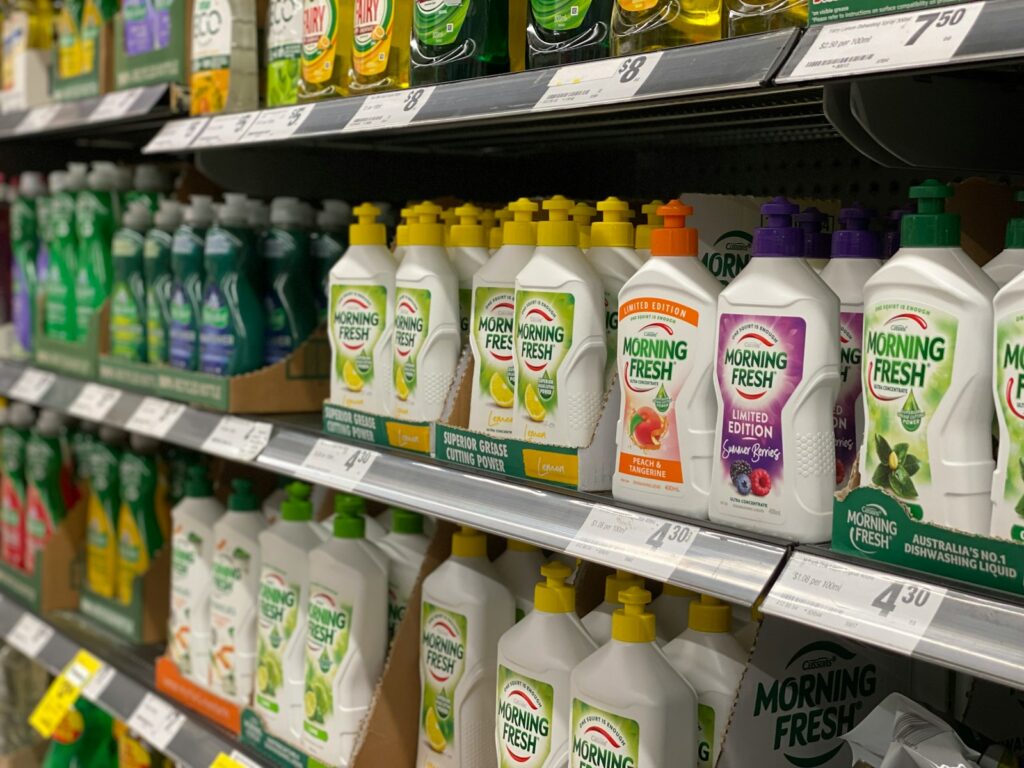
Looking beyond individual products to examine a company’s overall environmental commitment can provide valuable context for evaluating green claims. Truly sustainable companies typically publish comprehensive sustainability reports that include specific goals, metrics, and progress updates rather than vague commitments or aspirational statements without concrete action plans. Investigate whether the company has been involved in environmental controversies that contradict their green marketing—many large corporations project an eco-friendly image for certain product lines while simultaneously engaging in environmentally destructive practices elsewhere in their business.
Examine whether sustainability appears to be integrated throughout the company’s operations or isolated to a few “green” products in their lineup, as the latter suggests a marketing strategy rather than a core value. Tools like the Good On You app (for fashion), the Environmental Working Group’s databases, or Corporate Knights’ Global 100 sustainability rankings can provide independent assessments of companies’ environmental performance that go beyond their marketing claims.
Identifying Genuinely Sustainable Packaging

Packaging often represents a significant portion of a product’s environmental footprint and is frequently the focus of greenwashing claims. Genuinely sustainable packaging minimizes material use through thoughtful design, employs truly recyclable or compostable materials (not just theoretically recyclable ones), and clearly communicates proper disposal instructions. Be skeptical of vague terms like “eco-friendly packaging” without specifics about materials or end-of-life management, as these claims are often meaningless. Look beyond the color or imagery on packaging—green coloration or nature imagery doesn’t make plastic any more recyclable or biodegradable.
When evaluating claims about biodegradability or compostability, determine whether these properties apply to home composting or require industrial facilities, as many “compostable” plastics only break down under specific industrial conditions rarely available to most consumers. Watch for products touting “recyclable packaging” that use multiple materials fused together in ways that make actual recycling impossible in practice, even if the individual components are theoretically recyclable.
Evaluating “Natural” and “Organic” Claims
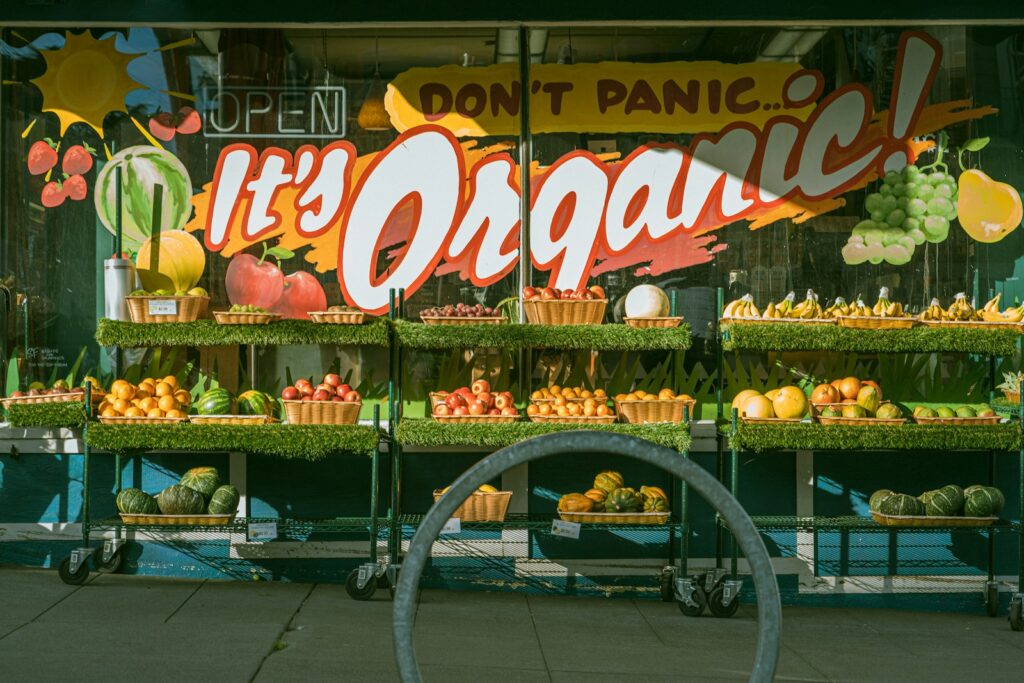
The terms “natural” and “organic” are frequently misused in product marketing, requiring careful consumer scrutiny. Unlike “organic,” which has legal definitions and certification requirements in many countries, the term “natural” has no standardized legal definition in most product categories, allowing companies to use it with minimal accountability. For food products, look specifically for certification logos like USDA Organic in the United States or similar regulated certifications in other countries, as these indicate compliance with specific organic farming and processing standards.
When evaluating personal care products, be aware that “organic” claims are less regulated than in food, making third-party certifications like COSMOS or NSF/ANSI 305 more reliable indicators of genuinely organic formulations. Remember that “natural” ingredients aren’t inherently safer or more environmentally friendly than synthetic ones—many natural substances can be toxic or environmentally harmful when extracted or processed in certain ways, while some synthetic ingredients may actually have lower environmental impacts.
Understanding Carbon Offset Claims

Carbon neutrality and carbon offset claims have become increasingly common but require careful evaluation to distinguish meaningful climate action from greenwashing. Legitimate carbon neutral products should clearly disclose both their emission reduction strategies and their offsetting approaches, prioritizing direct emissions reductions before relying on offsets. Investigate whether companies are using high-quality, verified carbon offsets from reputable projects that meet standards like Gold Standard or Verified Carbon Standard, as the quality and effectiveness of offset projects vary tremendously.
Be wary of vague claims about “climate-friendly” products without specific information about how emissions are measured, reduced, and offset throughout the product lifecycle. The most credible carbon-related claims will include transparent accounting of a product’s carbon footprint, specific reduction targets and strategies, and third-party verification of both the footprint calculations and the effectiveness of any offset projects used—all of which should be readily accessible to consumers rather than hidden behind marketing language.
Spotting Misleading Environmental Imagery
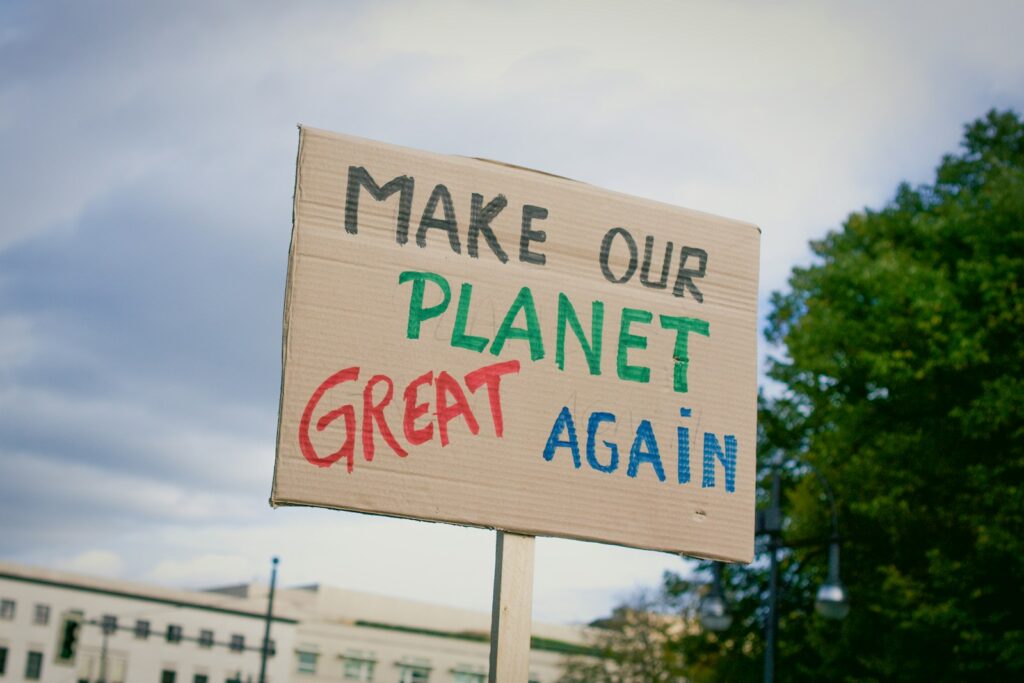
Visual greenwashing through imagery and design elements can subtly influence consumer perceptions of a product’s environmental attributes. Nature imagery like green leaves, forests, mountains, or pristine waters on packaging creates emotional associations with environmental purity, even when the product itself has no particular environmental benefits. Similarly, earth-toned color schemes, particularly various shades of green and brown, exploit psychological associations with nature and sustainability. Companies may use minimalist, uncluttered packaging designs to convey an impression of simplicity and naturalness that may not reflect the actual product formulation or manufacturing process.
When evaluating products, mentally separate the actual environmental attributes from these visual cues—ask yourself whether you’re responding to substantive information about the product’s impact or merely to its aesthetic presentation. A genuine commitment to sustainability will be supported by specific information about environmental benefits, not just evocative imagery designed to trigger positive emotional associations.
Considering the Full Product Lifecycle

One of the most sophisticated forms of greenwashing involves highlighting a single environmental benefit while ignoring impacts across the product’s complete lifecycle. Truly sustainable products consider environmental impacts from raw material extraction through manufacturing, distribution, use, and end-of-life disposal or recycling. Be skeptical of products that emphasize a single green attribute, like being “made with recycled materials,” without addressing other potentially significant impacts such as manufacturing emissions, chemical usage, or disposal challenges. Look for companies that provide transparent information about multiple aspects of their products’ environmental footprints rather than cherry-picking a single positive attribute for marketing purposes.
The most environmentally responsible companies acknowledge trade-offs and complexities in their sustainability efforts rather than making simplistic claims about being perfectly “green” or “sustainable.” When possible, seek products designed for circularity—those that minimize waste through reusability, repairability, recyclability, or biodegradability at end-of-life—as these reflect more comprehensive thinking about environmental impact than single-attribute improvements.
Leveraging Technology and Apps for Verification

Several digital tools can help consumers cut through greenwashing claims and access more objective information about products’ environmental impacts. Apps like GoodGuide, Think Dirty, and EWG’s Healthy Living provide independent ratings of personal care and household products based on ingredients, company practices, and environmental impacts. For fashion, Good On You offers sustainability ratings for clothing brands based on their environmental impact, labor conditions, and animal welfare practices. Barcode scanning apps like CodeCheck (in Europe) allow shoppers to scan product barcodes while shopping to instantly access information about potentially problematic ingredients or environmental concerns.
When shopping online, browser extensions like Finch or Earth Hero can automatically provide sustainability information about products as you browse, helping you make more informed decisions without extensive research. While no app or technology solution is perfect, these tools can provide quick access to information beyond what’s presented on product packaging, helping you make more environmentally responsible purchasing decisions with less effort.
Supporting Truly Sustainable Businesses
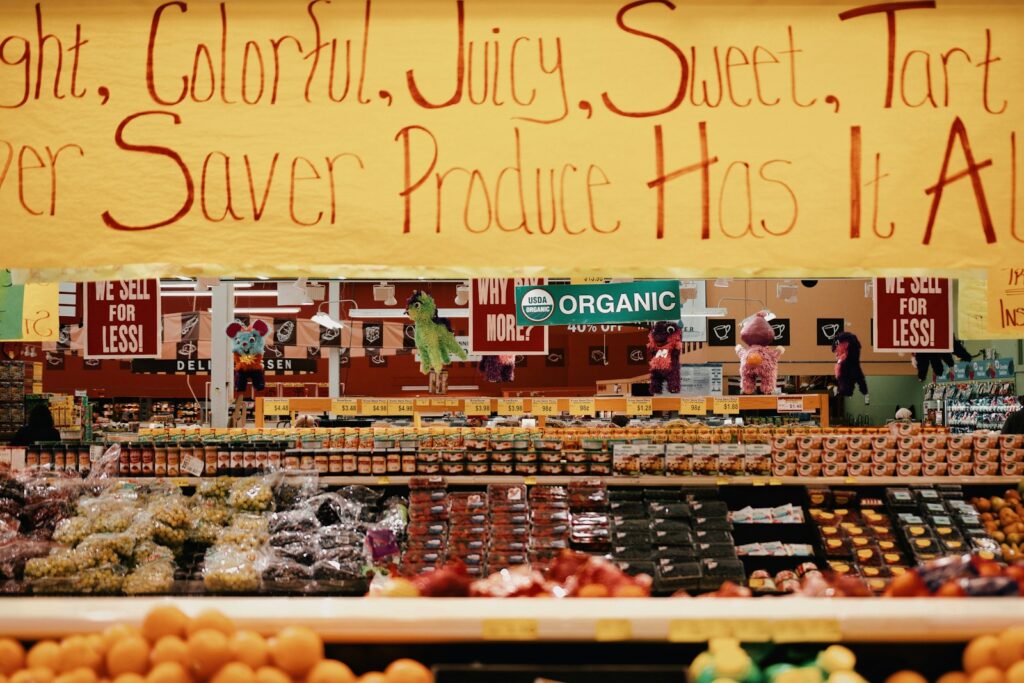
Perhaps the most effective way to avoid greenwashing is to shift your purchasing toward businesses with genuine commitments to sustainability that go beyond marketing claims. Look for companies that were founded with environmental principles as core values rather than those that have added “green” product lines as market trends shifted. Support brands that demonstrate transparency about both their achievements and challenges in sustainability, as those acknowledging the complexities of environmental impact are often more credible than those making sweeping, simplified claims about being “100% sustainable.”
Prioritize businesses certified as B Corporations, which undergo rigorous assessment of their entire social and environmental performance, or those that have adopted legally binding commitments to stakeholders beyond shareholders, such as Public Benefit Corporations. Consider buying from smaller, local businesses where you can directly ask questions about sourcing, production methods, and environmental impacts, often getting more honest and specific answers than from large corporations with complex supply chains and marketing departments designed to manage public perceptions.
Becoming a More Mindful Consumer

Ultimately, avoiding greenwashing requires developing a more mindful, questioning approach to consumption overall. Before making purchases, ask yourself whether you truly need the product at all, as the most environmentally friendly product is often the one you don’t buy. When you do need to purchase something, consider buying second-hand or refurbished items when possible, as these choices typically have much lower environmental impacts than even the “greenest” new products. For necessary new purchases, take time to research options rather than making impulse buys based on attractive packaging or compelling marketing claims.
Remember that sustainability exists on a spectrum rather than as a binary quality—look for better options rather than perfect ones, recognizing that truly sustainable consumption involves a series of trade-offs and continuous improvement rather than flawless choices. By developing these habits of mindful consumption, you not only avoid greenwashing but also contribute to broader market shifts that reward genuine environmental responsibility over clever marketing tactics.
Conclusion: Spot Greenwashing in Marketing

Navigating the complex landscape of green marketing requires vigilance, critical thinking, and a willingness to look beyond surface-level claims. By understanding common greenwashing tactics, researching certifications, evaluating full product lifecycles, and leveraging technology tools, you can become a more discerning eco-conscious consumer. Remember that truly sustainable shopping isn’t just about finding “green” products – it’s about questioning whether purchases are necessary, considering second-hand options, and supporting businesses with genuine environmental commitments.
While perfect sustainability is rarely achievable, your informed choices send powerful signals to the marketplace, encouraging authentic environmental responsibility over empty green marketing. With these strategies, you can minimize your environmental footprint while holding companies accountable for their environmental claims.

